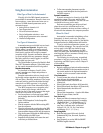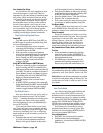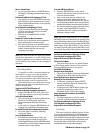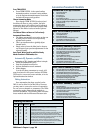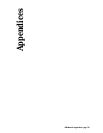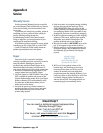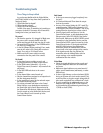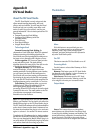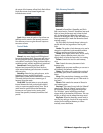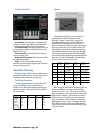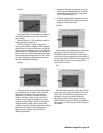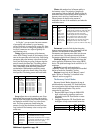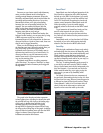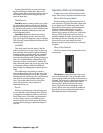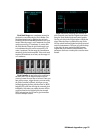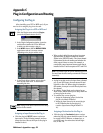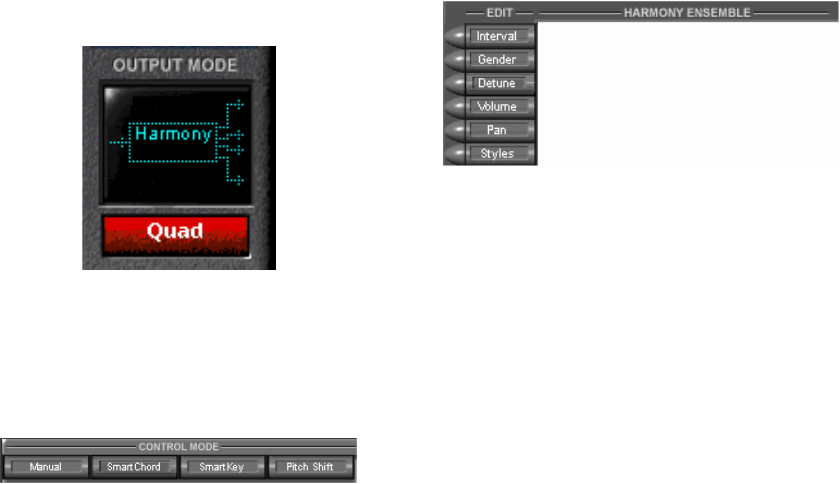
D8B Manual • Appendices • page 145
the output of the harmony effects block. Each effects
block then returns its processed signal to an
individual stereo return.
Quad: Selects mono in/quad out. Input from one
auxiliary send is routed to the harmony processor.
Four harmony voices are given discrete outputs to
two stereo returns.
Control Mode
Manual: Any notes played on a MIDI keyboard
become the harmony parts. These parts will stay on
the note assigned by the keyboard even when your
voice shifts to a new pitch. Using pitch bend and/or a
modulation wheel, realistic expression is introduced.
SmartChord: Chords played from a MIDI
keyboard are interpreted by the Vocal Studio to
create natural harmony parts that move in tandem
with your voice.
SmartKey: Enter the key and scale once, at the
beginning of a song, and the Vocal Studio
automatically creates natural harmonies in real time.
This mode produces the most common type of
harmony in popular music.
Pitch Shift: Use this button to set a chromatic
interval between the lead vocal and pitch-shifted
voices to create true parallel melody lines. This is
useful more for special effects than harmonies
because our ear is tuned to the “moving third”
interval that parallel (chromatic) harmonies don’t
provide.
Edit–Harmony Ensemble
Interval: In SmartChord, SmartKey and Pitch
Shift control modes, “Interval” determines how much
higher or lower the harmony note is than the lead
note. In SmartChord and Smart Key modes, the
intervals are intelligent; that is, they will sharpen or
flatten automatically to make the harmonies sound
musically correct.
For Pitch Shift, the interval chosen is always in
parallel with the lead, regardless of the key and
scale.
Gender: The gender of each harmony voice can be
changed to create mixed vocal ensembles without
needing to see that special doctor in Sweden.
Detune: Who sings a perfect third? No one, really.
“Detune” adjusts a harmony note’s pitch to be
slightly above or below the exact note it is creating.
Volume: Controls the level for each harmony
voice.
Pan: Controls the stereo placement of each
harmony voice.
Styles: Styles are preset modifiers you can use to
add realism to the harmony voices.
Timing: This allows you to control the entries of
the harmony parts, from 10 millisecond to random
delays.
Scoop: This controls how a harmony part slides
into each note. Do they bend up to it? How much do
they bend?
Vibrato: This controls the amount of vibrato in
your harmony parts.
Envelope: This control is used with the “Manual”
control mode. When in “Manual” control mode, a
MIDI keyboard is used to trigger harmony notes.
The “Envelope” control adjusts the attack and
release timing of the harmony MIDI notes. This can
add bite or smooth out the manual harmony sound.
Key/Scale: When the SmartKey control mode is
used, the key and type of scale of the song must be
selected for the intelligent harmony to choose
musically correct harmonies.



